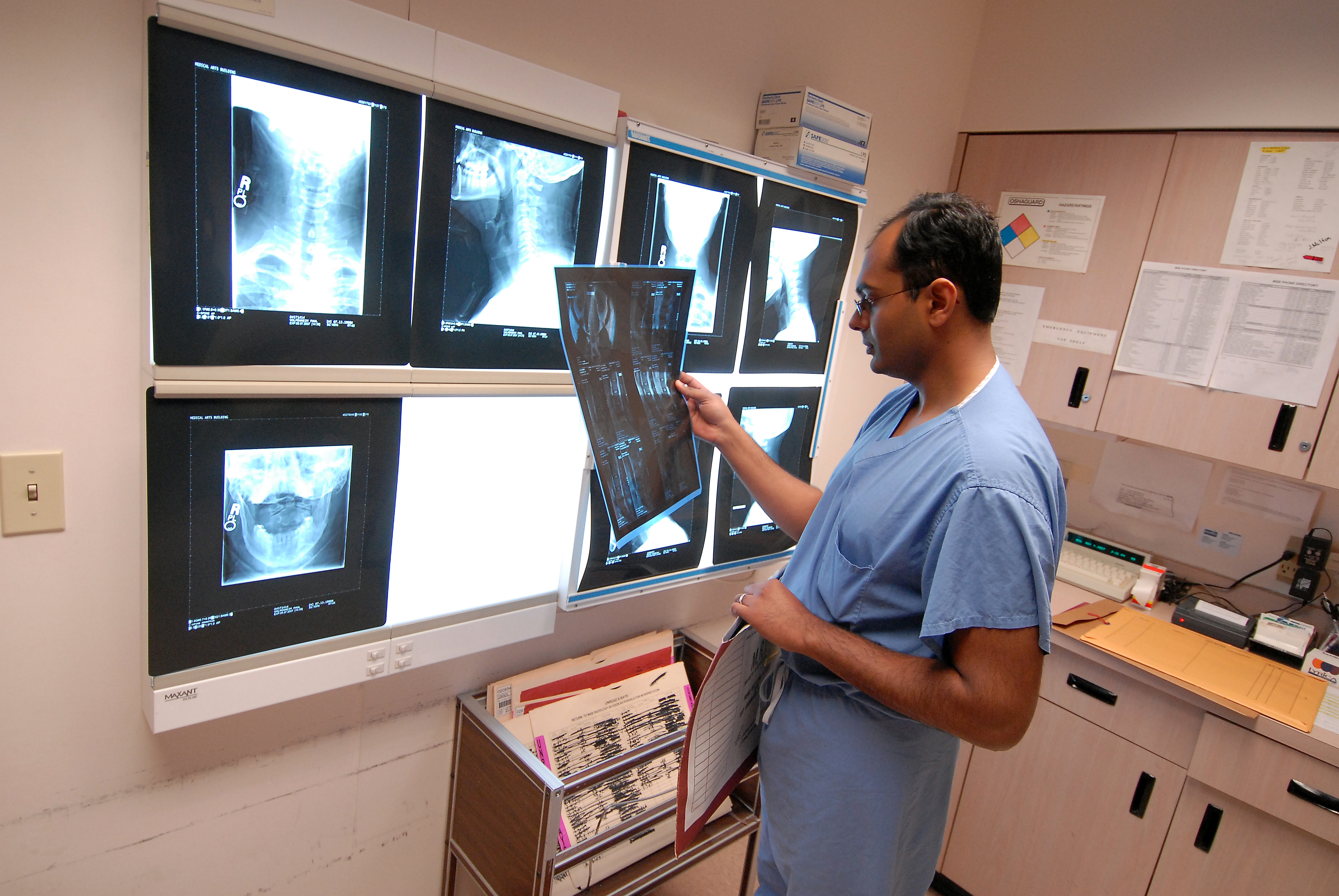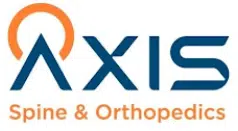The Most Recent Technologies by the Best Spine Surgeons in St Louis MO
The Most Recent Technologies by the Best Spine Surgeons in St Louis MO
Blog Article
A Summary of Back Conditions That Typically Cause Surgical Treatments
Spinal column conditions such as herniated discs, back stenosis, and degenerative disc condition regularly necessitate medical interventions when conventional therapies fail to minimize persistent signs. Understanding the nuances of each condition and the corresponding medical alternatives, such as discectomy or spinal fusion, is important for effective management.
Herniated Discs
Although numerous individuals with herniated discs may discover alleviation through conservative treatments, surgical procedure comes to be a needed factor to consider when signs and symptoms linger or get worse - best spine surgeons in st louis mo. A herniated disc takes place when the soft internal gel of a spinal disc extends via its outer layer, possibly compressing close-by nerves and leading to pain, tingling, or weakness in the extremities
Conservative administration typically consists of physical treatment, pain medications, and corticosteroid shots, which intend to lower swelling and enhance feature. In instances where these techniques stop working to alleviate incapacitating signs, surgical choices may be discovered.
One of the most usual surgery for herniated discs is a discectomy, which involves the elimination of the herniated portion of the disc to relieve stress on the affected nerve origin. In much more serious cases, spine combination might be needed to maintain the influenced vertebrae.
Patients are suggested to discuss the potential risks and benefits of surgery with their doctor to make an educated decision. Inevitably, the goal of any medical intervention is to bring back feature, reduce pain, and improve total lifestyle for individuals struggling with herniated discs.
Back Stenosis
Spine constriction takes place when the rooms within the back slim, causing boosted pressure on the spine and nerves. This problem can create in different areas of the spinal column, including the cervical and lumbar areas, usually as a result of age-related modifications, such as degenerative disc condition, arthritis, or enlarging of ligaments.
People with spinal constriction may present with symptoms that consist of pain, pins and needles, prickling, or weakness, mostly in the arms or legs. These symptoms can be intensified by tasks that entail standing or strolling, typically leading people to seek relief through conservative therapies like physical therapy, drugs, or epidural steroid injections.
Nonetheless, when these non-surgical interventions fail to provide appropriate relief, medical choices may be thought about. Usual procedures for spine constriction consist of laminectomy, which involves the elimination of part of the vertebra to ease stress, and spinal blend, which supports the afflicted location. The choice to seek surgical procedure is typically based on the intensity of symptoms, the level of useful disability, and the general health and wellness of the individual. Motivate diagnosis and monitoring are critical to protect against additional neurological concession and improve quality of life.
Spondylolisthesis
Spondylolisthesis happens when one vertebra slides forward over one more, causing misalignment of the back. This condition can arise from various variables, consisting of hereditary flaws, trauma, or degenerative modifications in the spinal column. It is most frequently observed in the back area, specifically at the L4-L5 and L5-S1 levels.

Therapy choices differ based on the seriousness of the slippage and the symptoms provided. Conservative procedures, consisting of physical therapy, pain administration, and task modification, are frequently the very first line of protection. When non-surgical techniques fall short to ease signs and symptoms or when substantial nerve compression is present, medical intervention may be necessitated. Surgical choices can consist of back blend or decompression procedures, targeted at bring back alignment and alleviating neurological signs and symptoms. Early medical diagnosis and appropriate administration are critical for optimum outcomes in patients with spondylolisthesis.
Degenerative Disc Disease

Patients with DDD often experience pain that Read Full Article might radiate to the arms or legs, relying on the influenced area of the spine. The condition can be detected with a combination of professional evaluation, imaging researches, and person background. Therapy alternatives normally start with conventional procedures, including physical therapy, pain management, and lifestyle alterations. When these approaches fall short to give ample alleviation, medical interventions might be thought about.
Surgical choices for DDD might consist of spine combination or fabricated disc substitute, focused on stabilizing the impacted sector and relieving discomfort (best spine surgeons in st louis mo). Ultimately, the selection of treatment is embellished, thinking about the seriousness of the condition, individual health, and way of life aspects
Spinal Tumors

Spinal lumps can emerge from various elements, including hereditary proneness, environmental impacts, and pre-existing medical problems. Patients may present with an array of signs, including localized pain, neurological deficits, weak point, or adjustments in digestive tract and bladder feature, depending on the tumor's size and place.
Surgical intervention may be required to ease a knockout post signs and symptoms, acquire a biopsy, or remove the tumor completely. The objective of surgery is commonly to unwind neural elements and support the back. Early detection and treatment are crucial for enhancing outcomes in individuals with spine growths.
Verdict
In summary, back conditions such as herniated discs, spine constriction, spondylolisthesis, degenerative disc disease, and spine growths frequently require medical intervention as a result of their possible to cause significant discomfort and useful disability. While conventional treatments might provide short-term relief, surgical choices end up being critical when symptoms intensify or linger. Timely diagnosis and intervention play an important role in restoring feature and improving the lifestyle for affected individuals, emphasizing the value of detailed spinal care.

Report this page